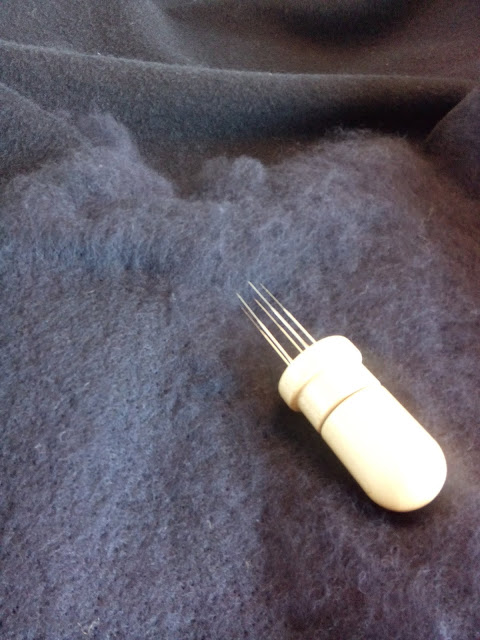4: A life of its own
The object has a life of its own, at least most objects. It
began at some stage, and will end at some other stage. The highly acclaimed
magazine ‘MacGuffin- the life of things’ has its focus on just one thing in
each issue. In #3 the rope, Dutch designer Christien Meindertsma, in order to
understand her design process fully, turns everything upside down. She uses
flax for her rope-collection, and wants to meet the spinner who so perfectly
spun her flax. Because it is hard to trace him, she starts a project to see
flax grow on a specific plot of land with the idea: if I watch a farmer growing
flax, where will that take me? She buys the harvest with some prize money and
documents each following step. Finally she finds her spinner in rural Belgium.
By doing all this, she learned to fully understand the material she works with, and
also the complex process preceding the design stage. Meindertsma incorporates
the whole process into her designs, and by doing so expands the biography of
her objects.
Wabi Sabi is another way to look at objects that could help us on our journey to look at things in an interdisciplinary way. Wabi Sabi, the Japanese design concept, has it’s origin in tea rituals. It's hard to find a definition, although it belongs to the core concept of Japanese design. Wabi refers to the inward, philosophical, Sabi to the material, aesthetic. According to Leonard Koren in his book ‘Wabi Sabi for Artists, Designers, Poets & Philosophers’ (1994 & 2008) it ‘is a beauty of things imperfect, impermanent and incomplete. It is a beauty of things modest and humble. It is a beauty of things unconventional’. Now the impermanence Koren writes about has nothing to do with a throw-away-culture. There is a strong philosophy behind Wabi Sabi. Objects are looked at from a metaphysical level. All things are in a constantly devolving and evolving process, and therefore are impermanent. Damage, repair, traces of use, weathering, heat, cold; all these aspects change a thing, and so it will not remain the same. Wabi Sabi is small, quiet, about bringing a thing down to it’s essence, ‘without removing the poetry of it’.
The artist Donald Judd owned 20 houses. In New York, Europe, Texas. Each of these houses was built by his own standards, including the outer space. Also the interior, including all utensils, had to be according to his ideas on ‘good stuff’. He traveled a lot, and on these journeys he encountered this good stuff. So when he regarded something good, he simply bought 20 copies, one for each house. His children inherited all of this after he passed away and consider all of the objects as part of his legacy (Apartamento #16). Judd had strong ideas on design in comparison to mass production and art. In his essay ‘ It’s hard to find a good lamp’ (1993) he writes: “Rather than making a chair to sleep in or a machine to live in, it is better to make a bed. A straight chair is best for eating or writing. The third position is standing”.
The artist Donald Judd owned 20 houses. In New York, Europe, Texas. Each of these houses was built by his own standards, including the outer space. Also the interior, including all utensils, had to be according to his ideas on ‘good stuff’. He traveled a lot, and on these journeys he encountered this good stuff. So when he regarded something good, he simply bought 20 copies, one for each house. His children inherited all of this after he passed away and consider all of the objects as part of his legacy (Apartamento #16). Judd had strong ideas on design in comparison to mass production and art. In his essay ‘ It’s hard to find a good lamp’ (1993) he writes: “Rather than making a chair to sleep in or a machine to live in, it is better to make a bed. A straight chair is best for eating or writing. The third position is standing”.





Reacties
Een reactie posten